Traveling today can feel like a hassle, with security checks, bag weight limits, and endless rules to follow. But back in the day, flying and traveling were a completely different experience—one that was often more relaxed, sometimes downright outrageous, and occasionally unsafe. Some travel rules from the past, or lack thereof, would be unthinkable in today’s world of regulations and heightened safety. Let’s take a nostalgic look at 15 travel practices from the past that would never get off the ground today.
1. No Seatbelts Required
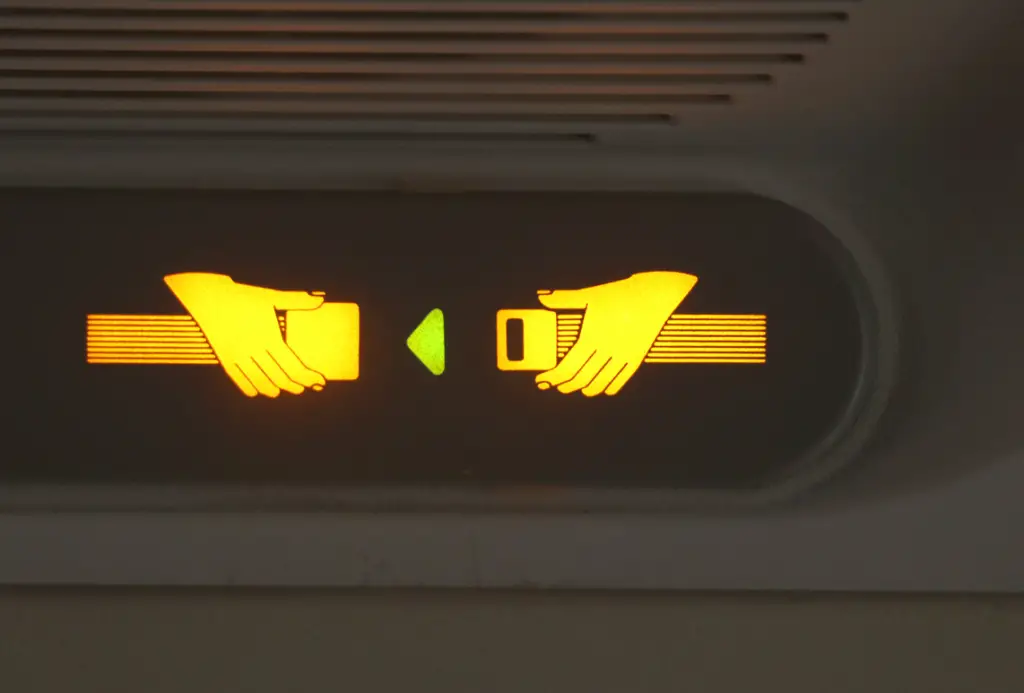
In the early days of commercial aviation, seatbelts were optional. Passengers could stay seated or wander the cabin as they pleased, even during turbulence. It wasn’t until the 1950s that seatbelt use became more common, and even then, enforcement was lax.
Looking back, it’s incredible how casual air travel used to be. While no one misses the lack of seatbelts during a bumpy flight, it’s a reminder of how much safety standards have evolved.
2. Smoking on Airplanes

Smoking in airplane cabins was once as common as sipping coffee. Smoking sections existed, but they didn’t stop the smell and smoke from filling the entire cabin. Flight attendants passed out ashtrays along with peanuts, and the idea of secondhand smoke wasn’t yet a concern.
It’s hard to imagine now, but this was standard practice for decades. While it may have been relaxing for smokers, it made flying unpleasant for everyone else. Thankfully, smoking bans started rolling out in the 1980s, and today, airplane cabins are blissfully smoke-free.
3. Zero Security Checks
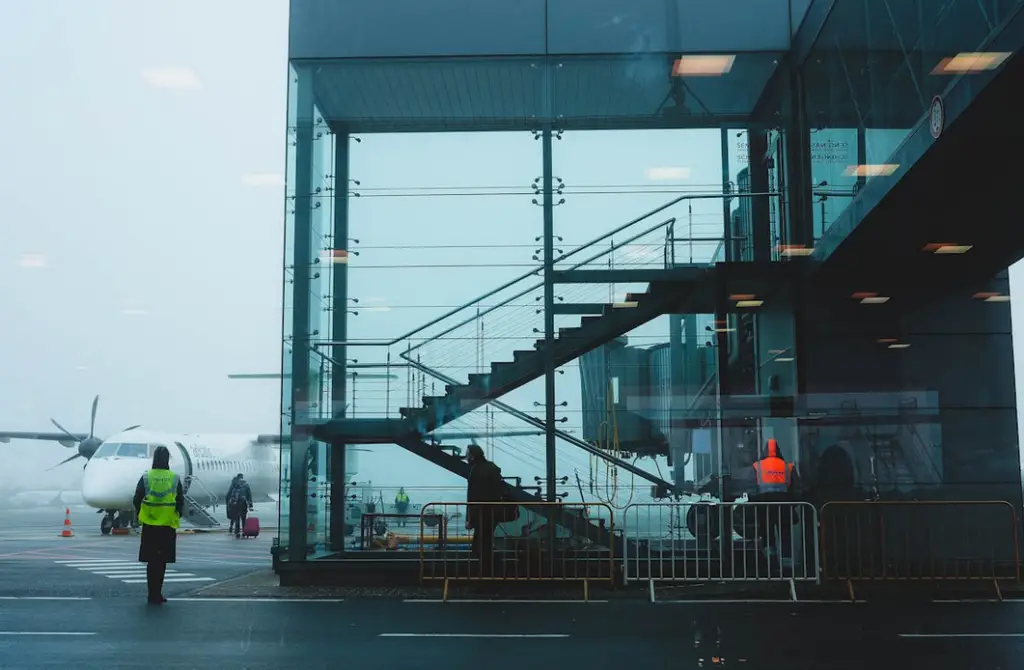
Before the 1970s, you could stroll right onto an airplane without so much as showing an ID. Airports were open spaces, and security screenings were virtually nonexistent. Friends and family could walk you all the way to the gate, and no one thought twice about it.
While this made for a much more relaxed travel experience, it also left room for serious safety risks. After a series of hijackings in the late ’60s and early ’70s, strict security measures became the norm. Today’s extensive screenings are inconvenient but necessary—and a stark contrast to the freewheeling days of air travel.
4. Open Cockpits for Passengers

Believe it or not, passengers were once allowed to visit the cockpit mid-flight. Pilots would happily welcome visitors, especially children, to sit in the co-pilot’s seat and see the controls. It was a unique thrill, but today, it’s a massive security risk.
This practice disappeared after the rise of hijackings, and now cockpit doors are locked and fortified. While it’s safer this way, it’s a little sad to think future generations will never have that magical experience of meeting the pilots in-flight.
5. Overbooking Was Handled Differently
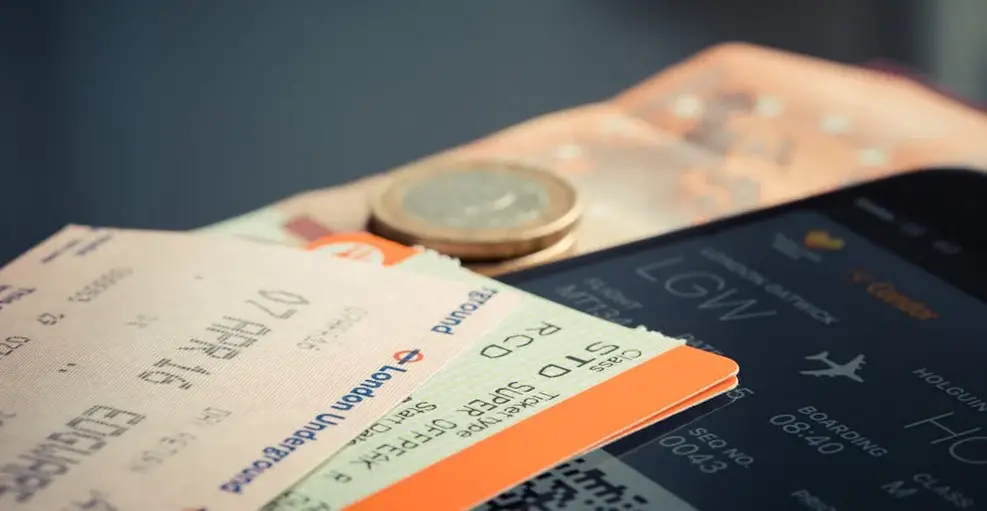
Airlines overbooking flights is nothing new, but the way it was handled in the past was shocking. Back then, if a flight was full, airlines would simply bump passengers off the plane—often without compensation or explanation.
Nowadays, passengers are at least offered vouchers or accommodations, but back then, you were just out of luck. It’s a reminder of how little accountability airlines once had and how far customer rights have come in the travel world.
6. Minimal Baggage Restrictions
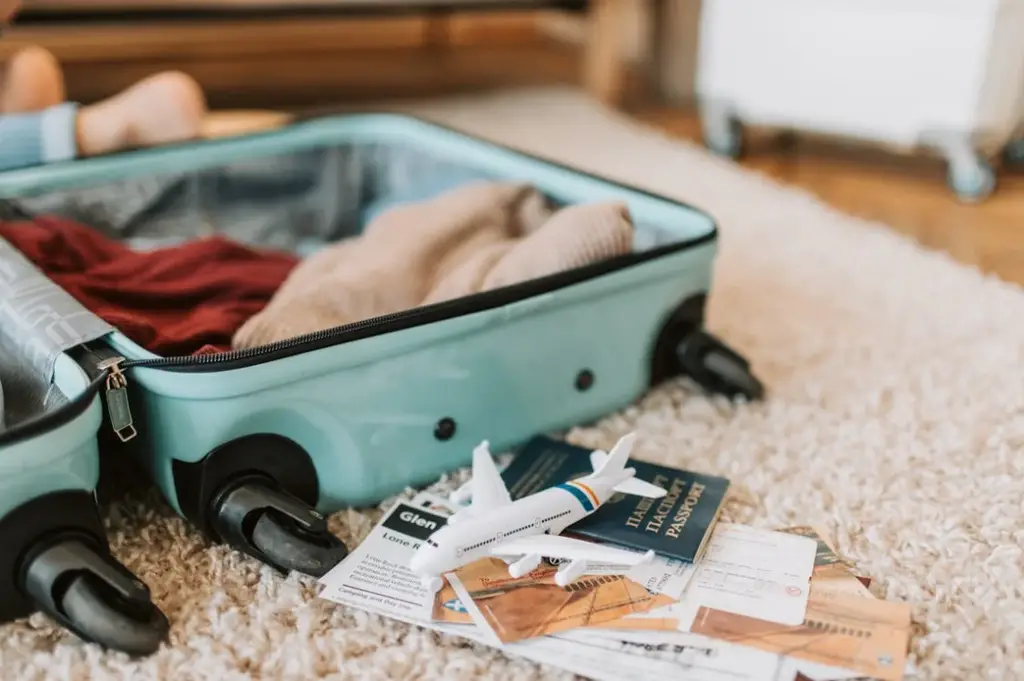
Remember when no one cared how much your suitcase weighed? Back in the day, airlines were far more lenient about luggage. Travelers could check multiple bags without paying a fortune, and there were no strict size limits for carry-ons.
Today, with baggage fees and strict weight limits, packing for a trip feels like a strategic puzzle. While the old rules were more traveler-friendly, they probably weren’t great for efficiency—or for the poor baggage handlers.
7. Alcohol Flowed Freely

Airlines in the past had an open-bar approach to in-flight service. Passengers were often offered free cocktails, champagne, and even hard liquor, no matter their seat class. Drinking on flights was encouraged, and there were few limits on how much you could consume.
Today, alcohol is more controlled, and unruly behavior is taken seriously. While free-flowing drinks might sound fun, the modern rules help ensure everyone arrives at their destination safely—and sober enough to remember it.
8. Dress Codes for Passengers
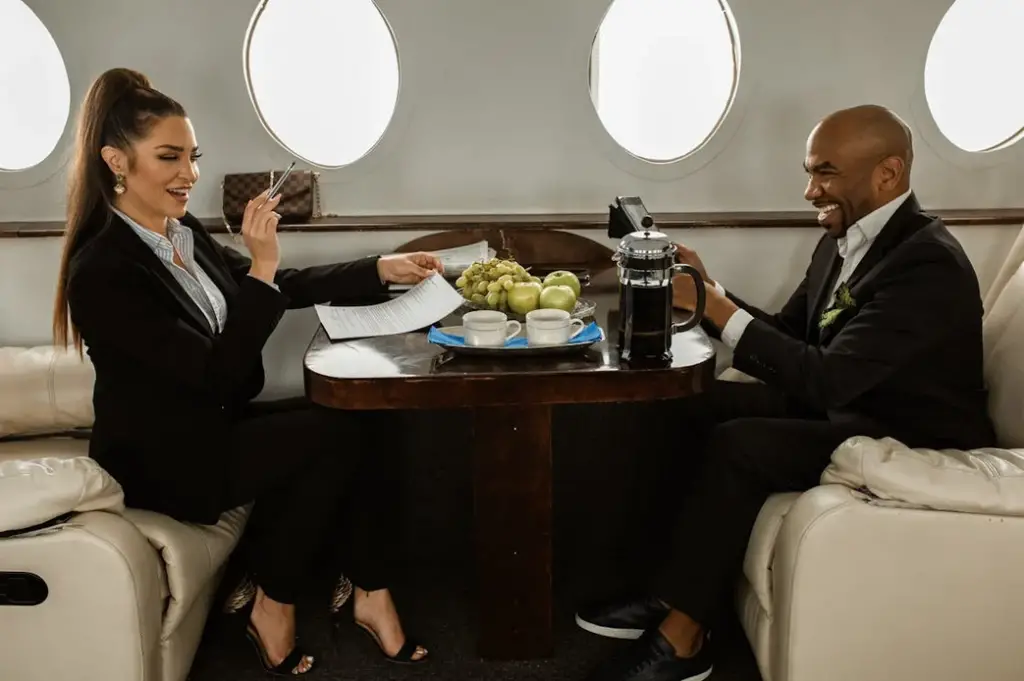
In the golden age of air travel, flying was a luxury, and passengers were expected to dress the part. Men wore suits and ties, while women donned dresses and heels. Airlines had unofficial dress codes, and showing up in casual clothes could get you turned away.
Today, comfort is king, with passengers rocking everything from yoga pants to hoodies. While the elegance of old-school travel is missed, it’s nice to know no one is judging your outfit at 30,000 feet.
9. Kids Roaming the Cabin
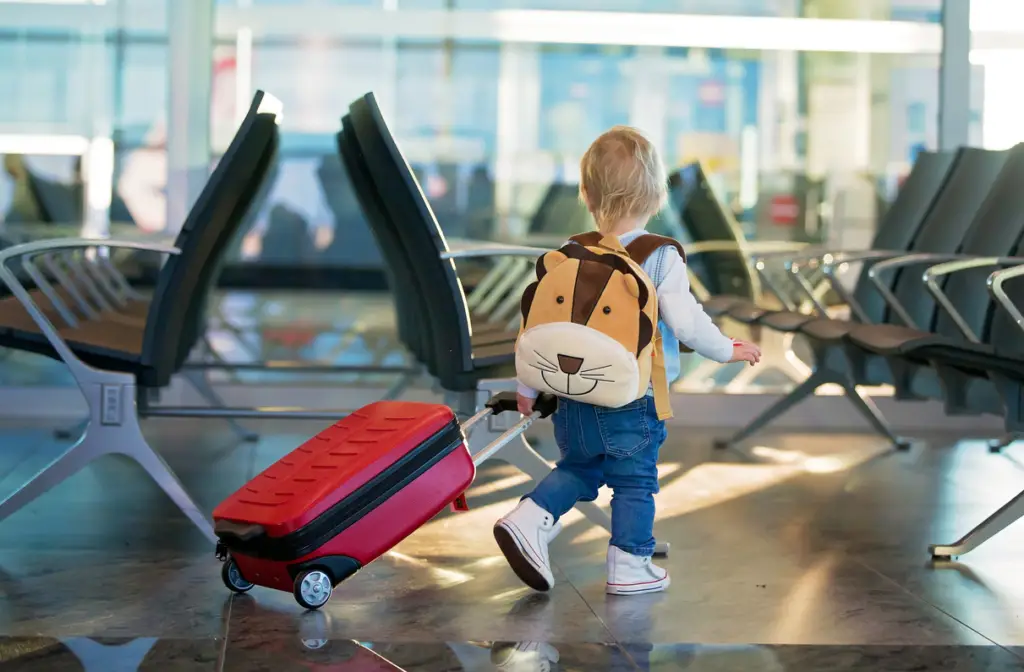
Before in-flight entertainment systems, kids often roamed the cabin to keep themselves occupied. Flight attendants didn’t mind, and parents were free to relax while their little ones explored. It sounds charming, but it also led to some chaotic flights.
Nowadays, stricter safety regulations keep kids buckled in their seats. While this keeps flights safer, it’s a far cry from the carefree vibe of family travel in the past.
10. No Restrictions on Pets
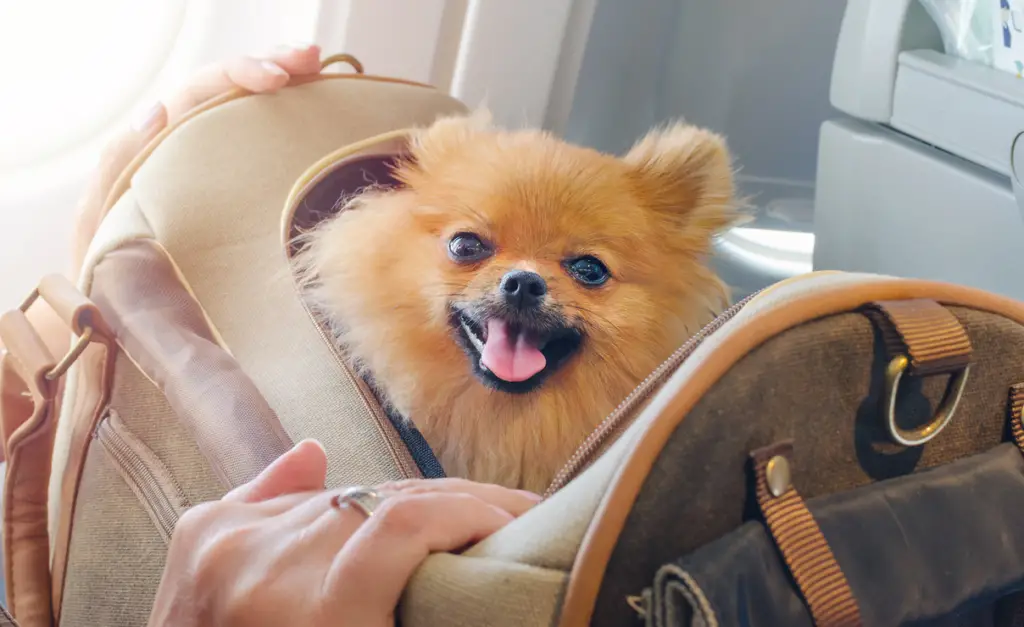
In the past, pets were often allowed in the cabin without much hassle. Dogs, cats, and even exotic animals like birds could travel alongside their owners, sometimes without crates or carriers. While it made pet travel easier, it also created plenty of chaos in the cabin.
Today, strict rules ensure pet safety and limit disruptions, but they’ve made traveling with animals far more complicated. It’s a reminder of how much things have changed in the name of order and safety.
11. Flight Attendants Faced Strict Appearance Rules
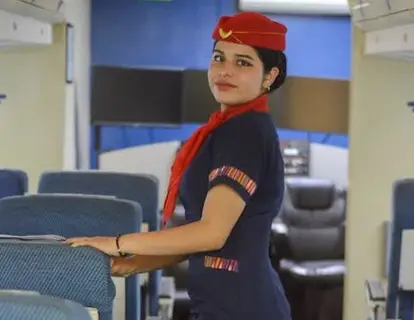
In the 1960s and ’70s, airlines imposed strict rules on flight attendants’ appearance. Women had to meet specific height and weight requirements, wear makeup, and adhere to uniform standards that often emphasized their looks over functionality.
While those rules wouldn’t fly today, they reflect an era when air travel was more about glamour than practicality. Thankfully, modern policies prioritize professionalism and inclusivity over outdated beauty standards.
12. No In-Flight Announcements About Safety
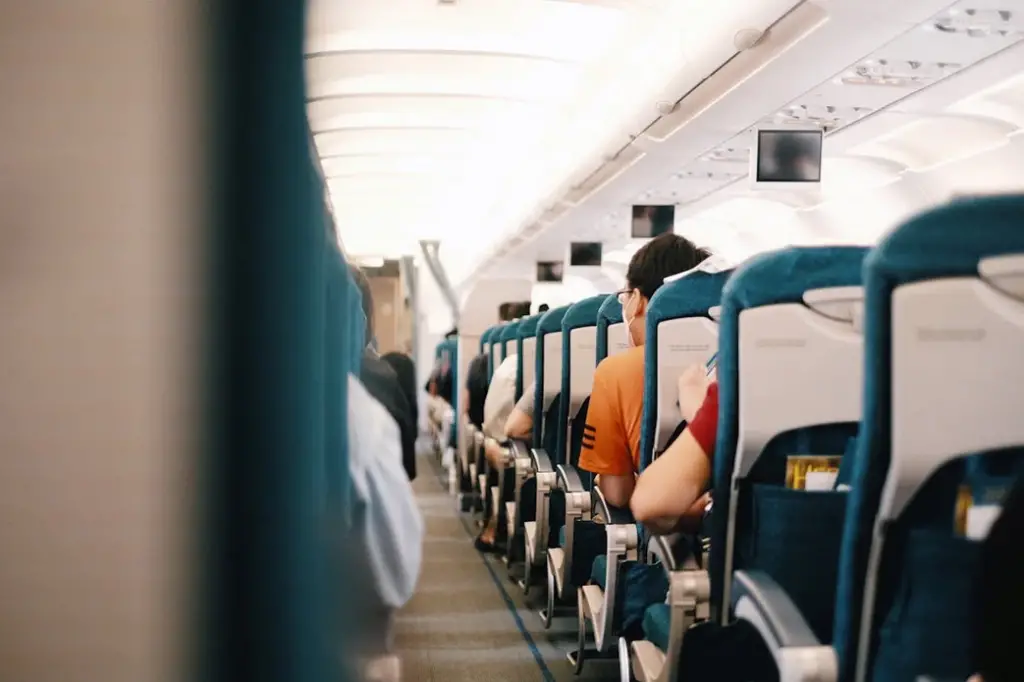
In the early days of air travel, safety instructions were minimal or nonexistent. Passengers weren’t briefed on how to use oxygen masks or where the emergency exits were located. The assumption was that nothing would go wrong.
Today, safety announcements are an essential part of every flight. While they might seem repetitive, they’re a vital reminder of how much emphasis has shifted toward passenger safety over the years.
13. Smoking in Airport Lounges
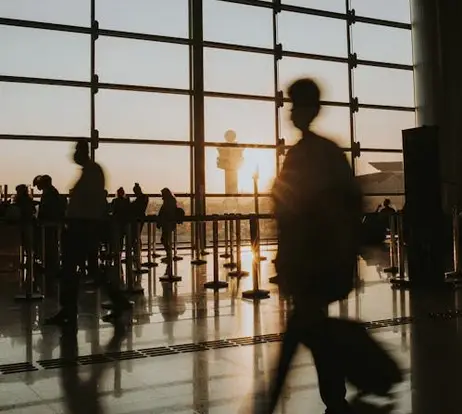
It wasn’t just airplanes—airport lounges were also filled with smoke. Smoking areas were everywhere, and non-smokers had little choice but to endure the haze. Even restaurants and waiting areas were often clouded with cigarette smoke.
The shift to smoke-free airports reflects how much public health priorities have changed. While we might miss the charm of retro lounges, it’s nice to enjoy a clean, breathable atmosphere while waiting for a flight.
These travel rules from the past remind us of a time when flying was equal parts glamorous and chaotic. While some of these practices bring back fond memories, others make us grateful for modern safety and comfort standards. Travel has come a long way, and while we may miss the simplicity of the past, today’s rules ensure we all get to our destinations in one piece.


